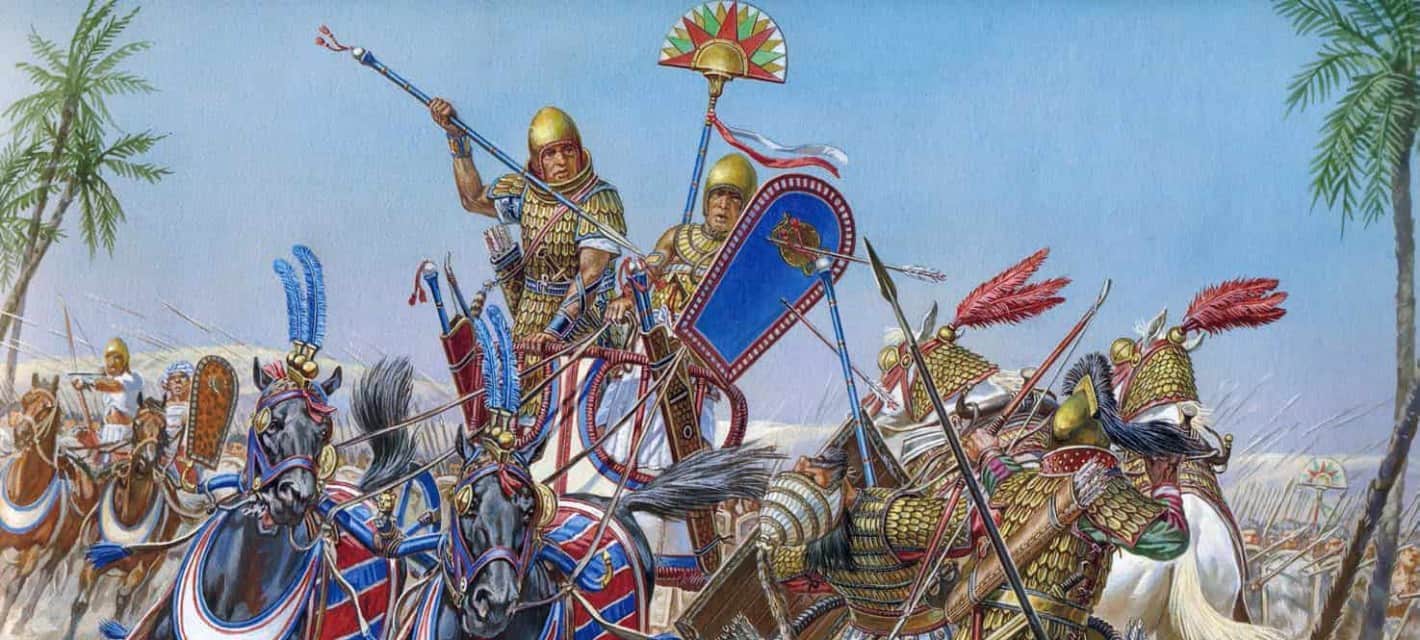The Bronze Age lasted from about 3300 BC to 1200 BC and laid the foundations for the world in which we live today. It kicked off the widespread use of metallurgy, inaugurated urban civilization, saw the development of practical writing systems, and witnessed the rise of history’s first great kingdoms and empires. Literary epics from back then still influence us to this day, while developments in warfare from over three millennia ago continue to impact the battlefield in the modern era. Following are thirty things about those and other fascinating Bronze Age facts.

30. The Disappearance of Bronze Age Egypt’s Written Language
Ancient Egypt was the Bronze Age’s greatest and most influential civilization, but for centuries, little was known about its history. It was not for a lack of written records left behind by the Egyptians, but because of an inability to read those records. After Alexander the Great conquered Egypt in 332 BC, Greek became the language of the ruling elite. Native Egyptian writing, whether colorfully picturesque hieroglyphs found on the walls of temples and monuments, or the simpler daily use of demotic script, went into a steady decline. For a while, hieroglyphs continued to be used by priests, and demotic continued to be used by commoners.

However, century succeeded century with Egypt ruled by foreigners who used their own languages, and native Egyptian writing waned. The spread of Christianity eventually killed off the ancient Egyptian religion, and as the old gods’ priests vanished, so did their knowledge of hieroglyphs. Centuries later the arrival of Islam, Arabs, and the Arabic language killed off Egypt’s demotic language and script as well. Eventually, the day arrived when knowledge of Ancient Egyptian writing vanished. What was left was a country full of ancient monuments, covered with colorful and intriguing texts and symbols, but nobody could make head or tails of them.

